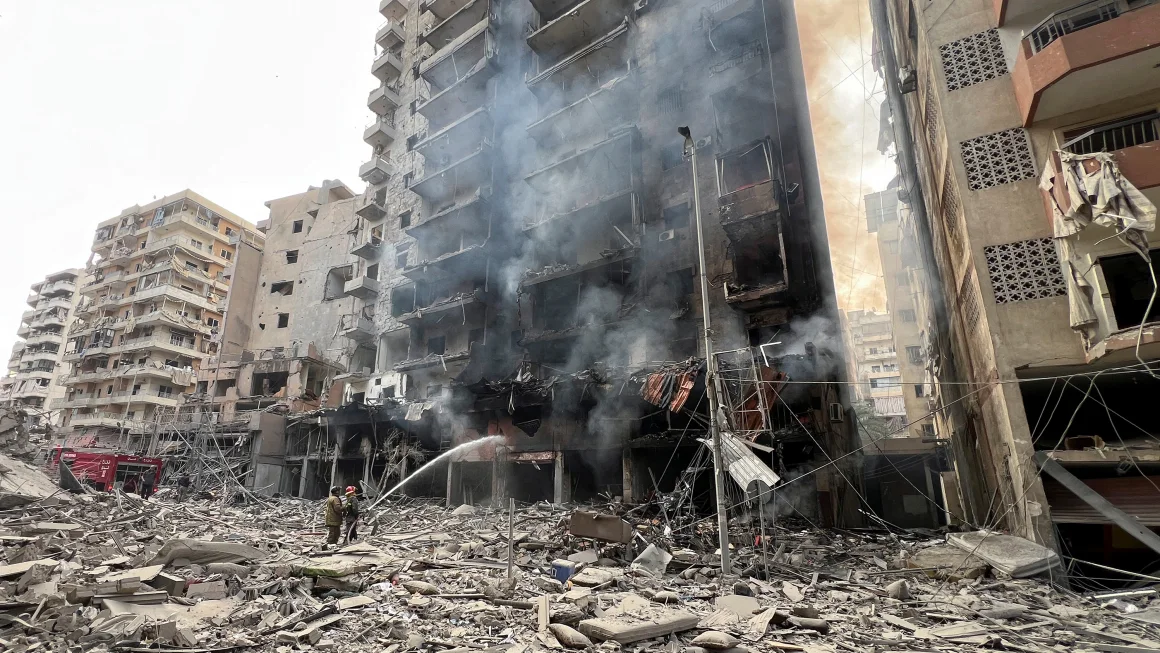Gaza and Jerusalem CNN— Thousands of Palestinians fled northern Gaza on Wednesday, traveling miles on foot through the battered enclave in a growing exodus prompted by Israel’s intensified ground and air campaign.
Streams of people – women, children, the elderly and disabled – made their way down Salah Eddin Street, one of the two north-south highways in Gaza, along an evacuation corridor announced by the Israel Defense Forces.
One teenage girl compared the mass movement to the “Nakba,” or catastrophe, the Arabic term for the expulsion of Palestinians from their towns during the founding of Israel.
It was the fifth day in a row that the IDF opened an evacuation window, and numbers of people fleeing south have increased each day.
The UN said 2,000 had fled south on Sunday, rising to 15,000 on Tuesday. The Israeli government said 50,000 Gazans travelled via the evacuation corridor Wednesday. That number could not be independently verified, but a CNN journalist at the scene said the numbers leaving were larger than on Tuesday.
Israel has been ramping up its offensive inside Gaza, following the October 7 attacks that left 1,400 people in Israel dead.
Israeli Defense Minister Yoav Gallant claimed Tuesday that IDF troops were at the “heart of Gaza City” and targeting Hamas infrastructure and commanders there. It is unclear where exactly Israel is fighting.
“Gaza is the biggest terror stronghold that mankind has ever built. This whole city is one big terror base. Underground, they have kilometers of tunnels connecting to hospitals and schools,” Gallant said. “We continue to dismantle this capability.”
The IDF has been bombarding Gaza for weeks, saying it hit 14,000 terrorist targets in the densely packed territory.
A man who did not provide his name told a CNN journalist in southern Gaza that he and his neighbors had lived through “horrifying days.” He said that they had left their home in northern Gaza and moved several times, but that it was impossible to escape the airstrikes.
“This war left nothing safe – not churches, not mosques or anything. Today, they dropped the leaflet ordering us to leave to the alleged safe area. Now we are beyond this area of Wadi Gaza, and we are still hearing bombardments. There is no safe place in Gaza.”
“We are seven families. All of our houses are gone. Nothing is left. We couldn’t take anything – no clothes, no water, nothing. The way here was very difficult. If something falls, you are not allowed to pick it up. You are not allowed to slow down. Dead bodies everywhere.”
Baraa, a 16-year-old girl, said that she had been walking for a long time.
“It felt like the Nakba [catastrophe] of 2023,” she said, using the Arabic term for the expulsion of Palestinians from their towns during the founding of Israel.
“We walked by people who were ripped to parts, dead bodies. We walked beside tanks. The Israelis called us, and they were asking people to take off their clothes and throw their belongings. Children were very tired because there was no water.”
CNN has asked the IDF about the allegation that evacuees were made to remove clothing and get rid of belongings.
“There are many bombardments and we had to leave,” Hani Bakhit said. “We are on donkey carts because there are no cars. There is no fuel or water for us to drink, or anything. They cut off everything on us, so we leave,” he said, referring to Israeli forces.
“People who have nothing to do with the resistance are being struck and feeing to the south,” Khader Hamad said. “They all have children, newborns, women. There are no cars.”
People carried few possessions in the arms or on their backs. Some sat on carts drawn by donkeys. On Tuesday, some could be seen carrying white flags and holding aloft identity documents.
“I’m on a cart because this is the only transportation I can use,” Abu Ida said. “There is a cut of the fuel, but also those who have cars are afraid to use them. I’m diabetic, and cannot walk on my foot all this way. This is the only way to go.”
A woman who did not provide her name said “we are being destroyed.”
“No one cares about us. Maybe we are safe now, but I’m not sure about those who are still behind. I don’t know where my family is. My siblings are behind me. Out of fear, I couldn’t look behind. Not right, not left.
“We came from Al Shifa [Hospital], and we saw death on the way. Dead bodies, destruction everywhere.”



